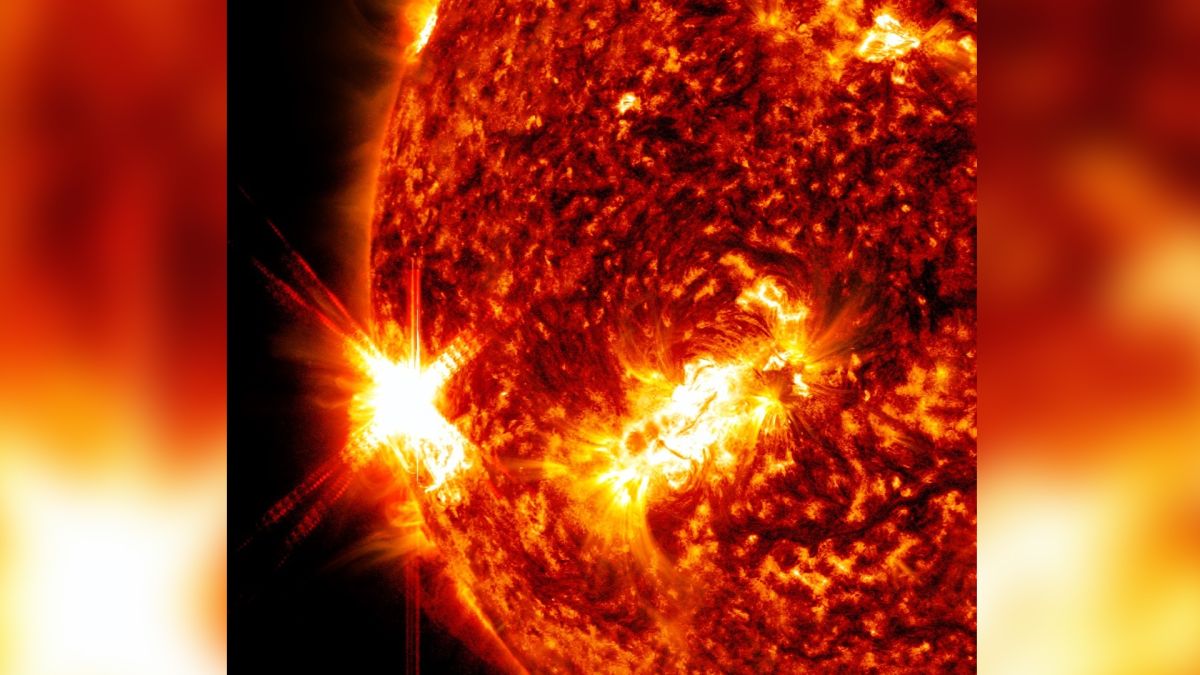On Monday evening, an extremely powerful X-class flare occurred on the Sun. It was generated by a spot that had previously caused similar catastrophic events. This time, the release of charged particles caused communication problems on Earth.

What is an X-class flare?
A super-powerful solar flare occurred on January 9 at 08.50 p.m. GMT+2. As always happens in such cases, it occurred in the upper atmosphere of our luminary and generated a wave of hard electromagnetic radiation that headed into space at the speed of light.
Scientists estimated the flare power as X1.9. This is an extremely powerful flare. Their classification begins with categories A, B and C. We usually just don’t notice these storms. They are recorded only by instruments.
Then there are the M-class flares. A significant part of the reports about magnetic storms in the media is associated with them. They are powerful enough to damage satellites in orbit. However, the really serious consequences begin in the upper class X.
It includes very different events and therefore it is separately divided into subcategories, and recently they are used as a scale. And if X1 class flares simply disrupt radio communications on Earth, then X5 can completely destroy the power system.
Extremely active spot
Interestingly, the current flare was generated by the extremely active sunspot AR3184. On January 5, it already caused a flare of class X1, 2. But then it just appeared from behind the edge of our luminary and the charged particles mostly flew past the planet.
Now it is almost aimed towards the Earth, so the products of the explosion collided with the magnetic field of our planet and generated a storm in it. Because of this, the disappearance of radio communications was observed over parts of Central and South America and over the Pacific Ocean.
Since the spot is still directed towards the Earth, it is possible that the next flare of class M or X may lead to new magnetic storms. And even after AR3184 disappears, the 25 solar cycle will continue to approach its maximum, which will come in 2025.
According to www.space.com
Follow us on Twitter to get the most interesting space news in time
https://twitter.com/ust_magazine

